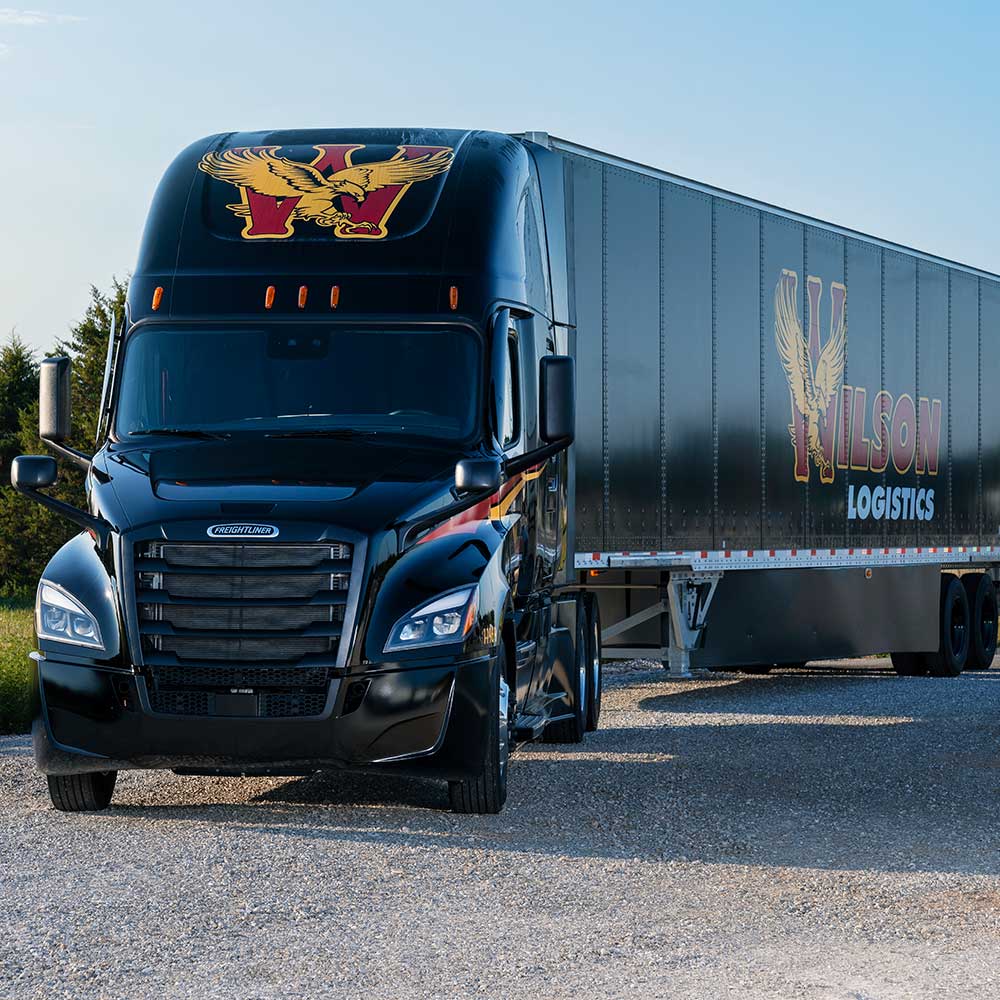Review Questions - Click On The Picture To Begin...

- Any person who is subject to the safety regulations and drives a commercial motor vehicle
- Only drivers who cross state lines
- Logs are completely voluntary for commercial drivers
- Only drivers who drive a passenger carrying vehicle
Quote From The CDL Manual:
TruckingTruth's Advice:
- Logs must be filled out at the end of each driving day
- You must show what time you went on duty, then the rest of the log can be filled out when you go off duty for the day
- Your current day log must be filled out within' 48 hours
- It must show your last duty change
Quote From The CDL Manual:
The current days log must be current to your last change of duty status.
TruckingTruth's Advice:
Quite a few truck drivers are written citations or are placed out of service because their logbooks aren't current. These citations are the result of laziness. You must be current to your last duty status change. So if you are randomly stopped by a police officer and your logbook is checked, it should when you last changed into the driving status.
- You never need to log your days off
- The current day's log must be current to your last change of duty status
- You must have a log for each day of the last 8 days
- Authorized government inspectors may check your logs at any time
Quote From The CDL Manual:
You are required to account for every day on your log, even days off, unless you are covered by a logbook exception on any of the days. The log must cover all 24 hours of every day.
Authorized government inspectors may check your logs at any time. You must have a log for each day of the last 8 days that you were required to log (you might have been under an exception on some of those days). The current day’s log must be current to your last change of duty status. Inspectors check your logs to see if you have violated the hours of service regulations. Violations of the hours of service regulations can result in being fined and/or placed out of service.
- 6 days
- 7 days
- 10 days
- 8 days
Quote From The CDL Manual:
You must have a log for each day of the last 8 days that you were required to log.
TruckingTruth's Advice:
You must be able to show any law enforcement officer or DOT official your current log as well as the previous 7 days of completed logbook entries (8 days total).
- 12 days
- 14 days
- 10 days
- 8 days
Quote From The CDL Manual:
Authorized government inspectors may check your logs at any time. You will be required to keep a log for each of the previous 8 days. The current days log must be current to your last change of duty status. Inspectors check your logs to see if you have violated the hours of service regulations. Violations of the HOS regulations can result in being fined and/or placed out of service.
TruckingTruth's Advice:
You must have a total of 8 logs at all times:
- Your current day's log.
- Logs for each of the previous 7 days.
Law enforcement officers and DOT inspectors will usually issue a citation if you do not have all of those logs to show them.








 TT On Facebook
TT On Facebook